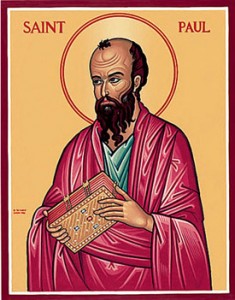
Last week, we highlighted the attempts by Fr. William G. Most to extract an infallible teaching from the Magisterium of the Roman Catholic Church. (The Magisterium is essentially the pope and the bishops who are in communion with him.) By studying the teachings of the Magisterium, William Most thought he had discovered how to arrive at an infallible teaching. By way of example, to prove that it is an infallible teaching of the Roman Catholic Church that Mary’s physical virginity was uncompromised when Christ was born, all Most had to do was demonstrate repetition by popes and councils. Surely, Fr. Most thought, repetition is evidence of an intent to teach infallibly:
A doctrine taught with multiple papal approval plus that of Vatican II should be called infallible, for these texts show the intention to make it definitive by their repetition.
By this standard, we can conclude that it is an infallible doctrine of the Roman Church that it is Mary who will crush the head of the serpent in Genesis 3:15. After all, multiple popes and at least one council have confirmed this. The Council of Trent made Jerome’s translation of the Vulgate the official translation of the Roman Catholic Church. Jerome’s translation of Genesis 3:15 indicates that it is Mary who will crush the head of the serpent. Here is the English rendering of the Roman Catholic translation of that verse: Continue reading Why “Infallibility” Doesn’t Work
 Follow
Follow

